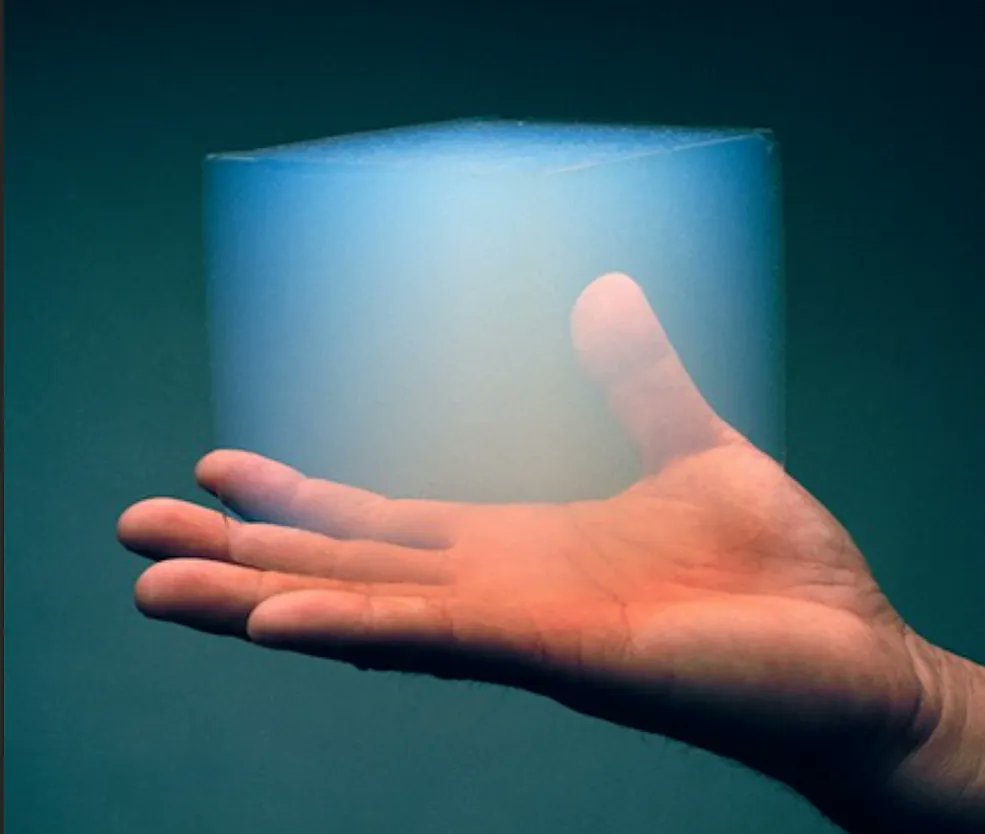Novel propulsion ideas for moving around space seem like they’re a dime a dozen recently. Besides the typical argument between solar sails and chemical propulsion lies a potential third way – a nuclear rocket engine. While we’ve discussed them here at UT before, NASA’s Institute of Advanced Concepts has provided a grant to a company called Positron Dynamics for the development of a novel type of nuclear fission fragment rocket engine (FFRE). It could strike the balance between the horsepower of chemical engines and the longevity of solar sails.
FFREs are not a new concept in themselves, but many have massive technical hurdles to overcome before they can be considered useful. Their advantages, such as high specific impulse and extremely high power density, are offset by their disadvantages, such as requiring a complicated form of plasma levitation.
Positron Dynamics hopes to tip that balance by utilizing two separate breakthroughs derived from other areas of research. The first novel approach would be to put the fissile material in an ultralight aerogel. The second would be implementing a superconducting magnet to contain those fission particles.
Credit – TVIW YouTube Channel
FFREs essentially utilize the same nuclear process that powers energy-generating nuclear plants on Earth. However, instead of generating only electricity, they also generate thrust and a very high amount of thrust at that. However, it’s not practical to send a whole bar of uranium fuel, such as that used in fission reactors here on Earth, up into space.
Embedding the fuel itself into one of the lightest known human substances solves that problem. Aerogels are extraordinarily airy materials that look ethereal when someone is holding them, as they are in the lead image above. Embedding fuel particles for the fission reaction in them would be a convenient way to hold the fuel together while still allowing the overall structure to be light enough to be lifted into orbit.
However, the structure of the aerogels themselves wouldn’t do much to contain the fission fragments are they break apart. To do so would require a massive outside force, which is where the superconducting magnet comes in.
Superconducting magnets are typically used in experimental fusion plants, where they are used to contain the plasma needed to heat the fusion fuel but which would otherwise destroy any normal material. Given all the interest in fusion research lately, high-power magnets have also been receiving extra research attention.
Adding one to an FFRE would allow engineers to channel the fission fragments all in the same direction, effectively turning them into a thrust vector. It has the added advantage of not allowing the fragments to destroy any other parts of the engine as well.
So far, this is all very theoretical, as there are still plenty of hurdles to overcome. But that is exactly what NIAC is for – fund early-stage projects and attempt to derisk them. Maybe someday FFREs will be able to hit that sweet spot of speed and fuel efficiency that so many rocket scientists dream of.
Learn More:
NASA / Positron Dynamics – Aerogel Core Fission Fragment Rocket Engine
UT – Exploring the Universe with Nuclear Power
UT – New Nuclear Rocket Design to Send Missions to Mars in Just 45 Days
UT – NASA and DARPA Will be Testing a Nuclear Rocket in Space
Lead Image:
Aerogel that will be used to stabilize the fission fuel in the new FFRE.
Credit – NASA / Ryan Weed


The real problem is that there is – for good reasons – a global moratorium against launching fissiles.
Else we would have a simple Orion drive and be on our way to the stars by now.
E.g. the UN “Principles Relevant to the Use of Nuclear Power Sources in Outer Space” (1992):
“In order to minimize the quantity of radioactive material in space and the risks involved, the use of nuclear power sources in outer space shall be restricted to those space missions which cannot be operated by non-nuclear energy sources in a reasonable way.”
So solar sails kick the legs out of these things.